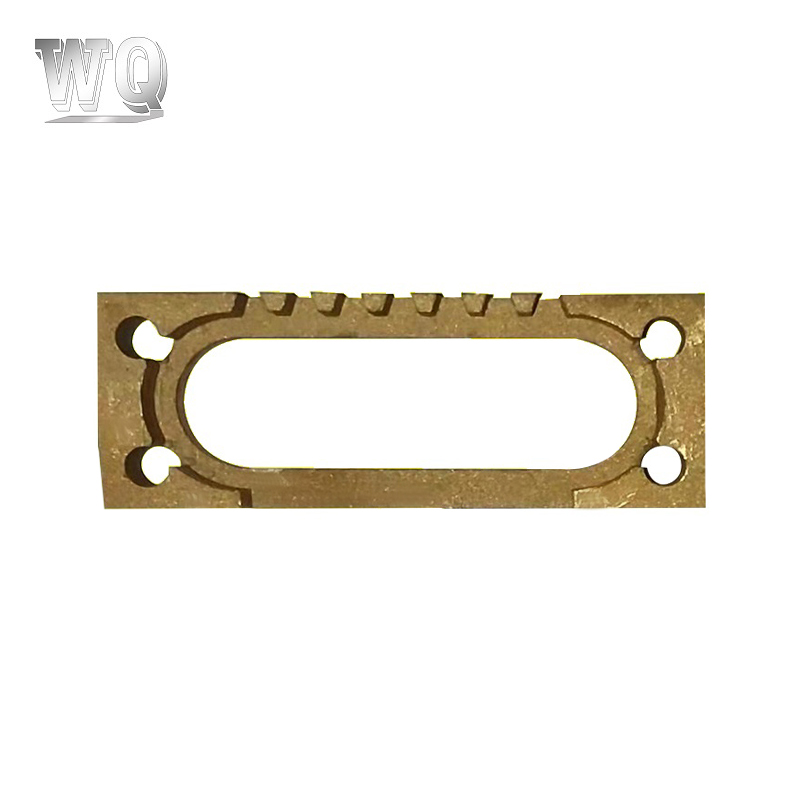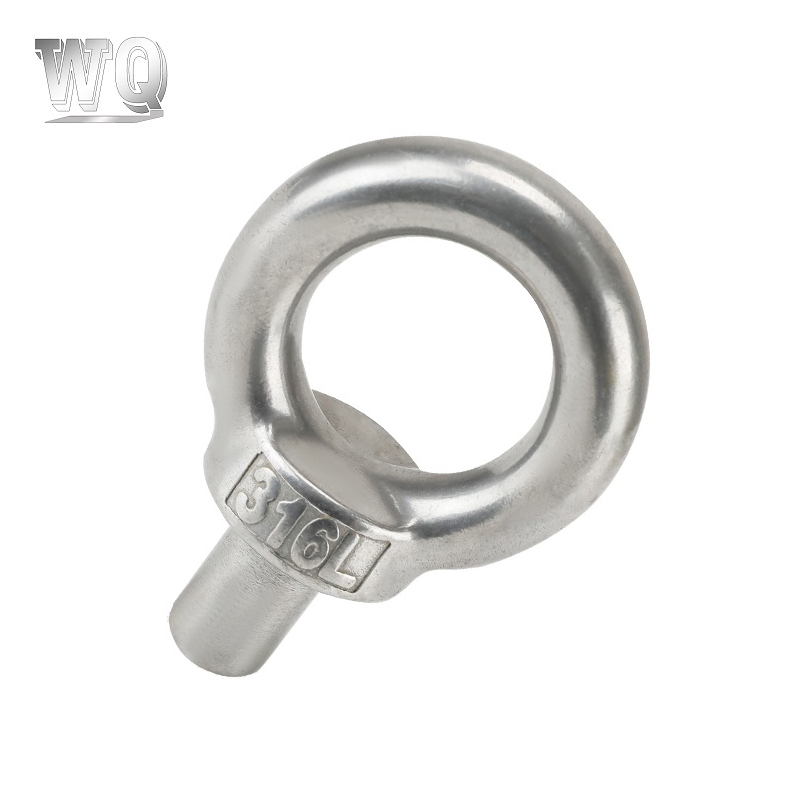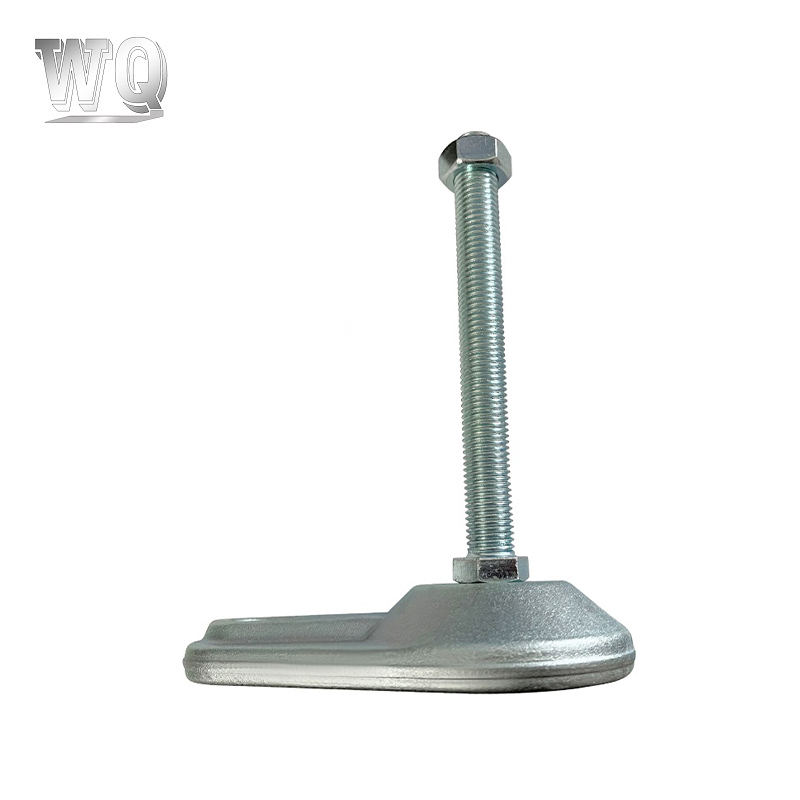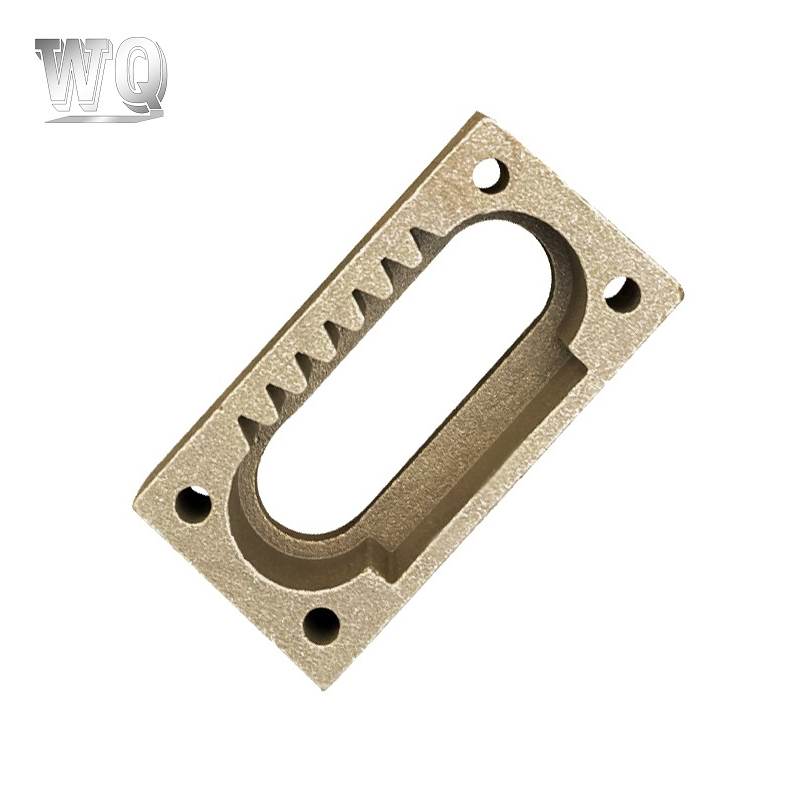Yes, copper casting parts exhibit excellent resistance to high temperatures, making them suitable for a wide range of industrial, mechanical, and thermal applications. While copper is not as heat-resistant as some refractory metals (like tungsten or molybdenum), it possesses a unique combination of high thermal stability, thermal conductivity, and structural integrity at elevated temperatures, which makes copper castings a preferred choice in many high-heat environments.
1. Thermal Properties of Copper
Copper has a melting point of approximately 1,085°C (1,985°F), which is relatively high compared to many other common engineering metals like aluminum (660°C) or zinc (420°C). This allows copper castings to maintain their shape and mechanical strength at temperatures well above 300–400°C, depending on the alloy and application.
Moreover, copper has the highest thermal conductivity among common non-precious metals (about 385 W/m·K), meaning it efficiently transfers heat rather than retaining it. This property helps prevent localized overheating and thermal stress, enhancing performance in high-temperature systems.
2. Performance in High-Temperature Applications
Copper casting parts are widely used in environments involving continuous or intermittent exposure to heat. Common applications include:
Heat Exchangers and Radiators: Copper’s ability to withstand thermal cycling and conduct heat efficiently makes it ideal for cooling systems in engines, HVAC units, and industrial machinery.
Boilers and Steam Systems: Copper cast fittings and connectors are used in steam lines and heating systems where temperatures can exceed 200°C.
Electrical and Power Generation Equipment: Copper components are used in generators, transformers, and switchgear, where resistive heating occurs during operation.
Furnace Components and Burner Parts: Certain copper alloys are used in burner nozzles and heat-resistant fixtures due to their thermal fatigue resistance.
Automotive and Aerospace Systems: Copper castings are found in brake systems, engine cooling components, and exhaust manifolds where heat dissipation is critical.
In these applications, copper castings do not melt or deform under normal operating conditions and can endure repeated heating and cooling cycles without cracking.
3. Influence of Alloying Elements
While pure copper has good thermal resistance, most copper casting parts are made from copper-based alloys to enhance mechanical strength, wear resistance, and high-temperature performance. Common alloys include:
Bronze (Copper + Tin): Offers improved strength and heat resistance; used in bushings, bearings, and valves.
Brass (Copper + Zinc): Good machinability and moderate heat resistance; suitable for fittings and decorative hardware.
Cupronickel (Copper + Nickel): Excellent corrosion and heat resistance; used in marine and high-temperature piping.
Aluminum Bronze: Contains aluminum for increased strength and oxidation resistance at high temperatures; ideal for industrial valves and pump components.
These alloys can maintain functionality at temperatures up to 400–600°C, depending on composition and load conditions.
4. Oxidation and Surface Protection
At high temperatures, copper reacts with oxygen to form a surface layer of copper oxide (CuO or Cu₂O). While this layer can provide some protection against further oxidation, prolonged exposure to air above 350°C may lead to scaling or degradation. To mitigate this, copper castings used in extreme environments are often:
Coated with protective finishes (e.g., enamel, ceramic, or anti-oxidation coatings),
Operated in controlled atmospheres (e.g., inert gas or vacuum),
Designed with cooling mechanisms to manage surface temperature.
5. Limitations and Considerations
Despite its advantages, copper casting has some limitations under extreme heat:
It is not suitable for long-term use above 600°C in open air due to softening and oxidation.
Pure copper has lower mechanical strength at high temperatures compared to steel or superalloys.
Thermal expansion must be accounted for in design to avoid stress or misalignment.
Therefore, while copper castings are heat-resistant, they are best suited for moderate to high-temperature applications, not ultra-high-temperature environments like jet engines or molten metal handling.
Conclusion
Yes, copper casting parts are resistant to high temperatures and perform reliably in a wide range of thermal applications. With a melting point over 1,080°C, excellent thermal conductivity, and enhanced properties through alloying, copper castings are widely used in heat exchangers, power systems, automotive components, and industrial machinery. While they are not intended for extreme heat like some specialized metals, their combination of thermal stability, durability, and conductivity makes them an ideal choice for applications requiring efficient heat management and long-term reliability under elevated temperatures.










